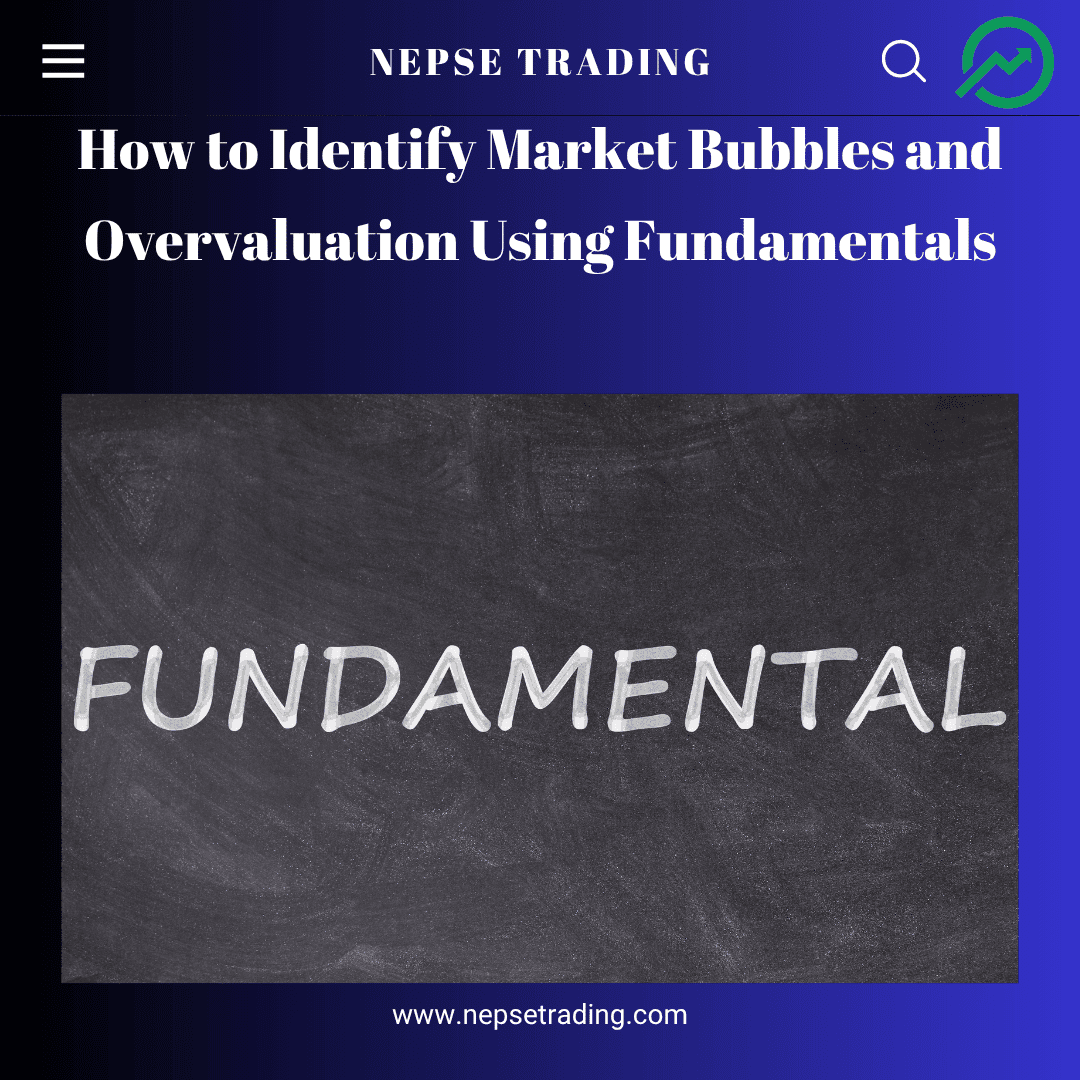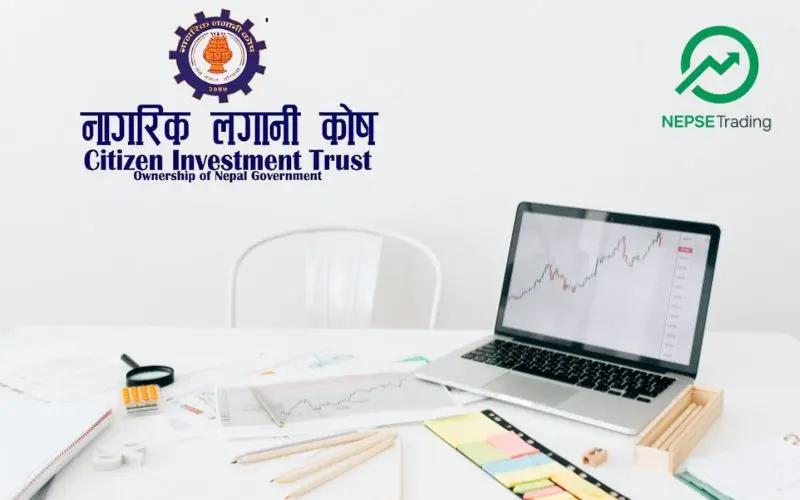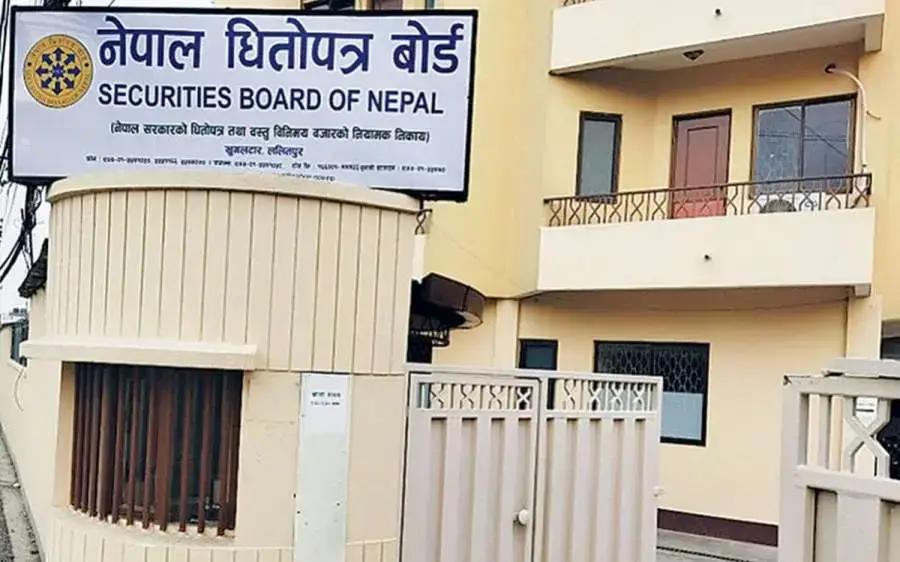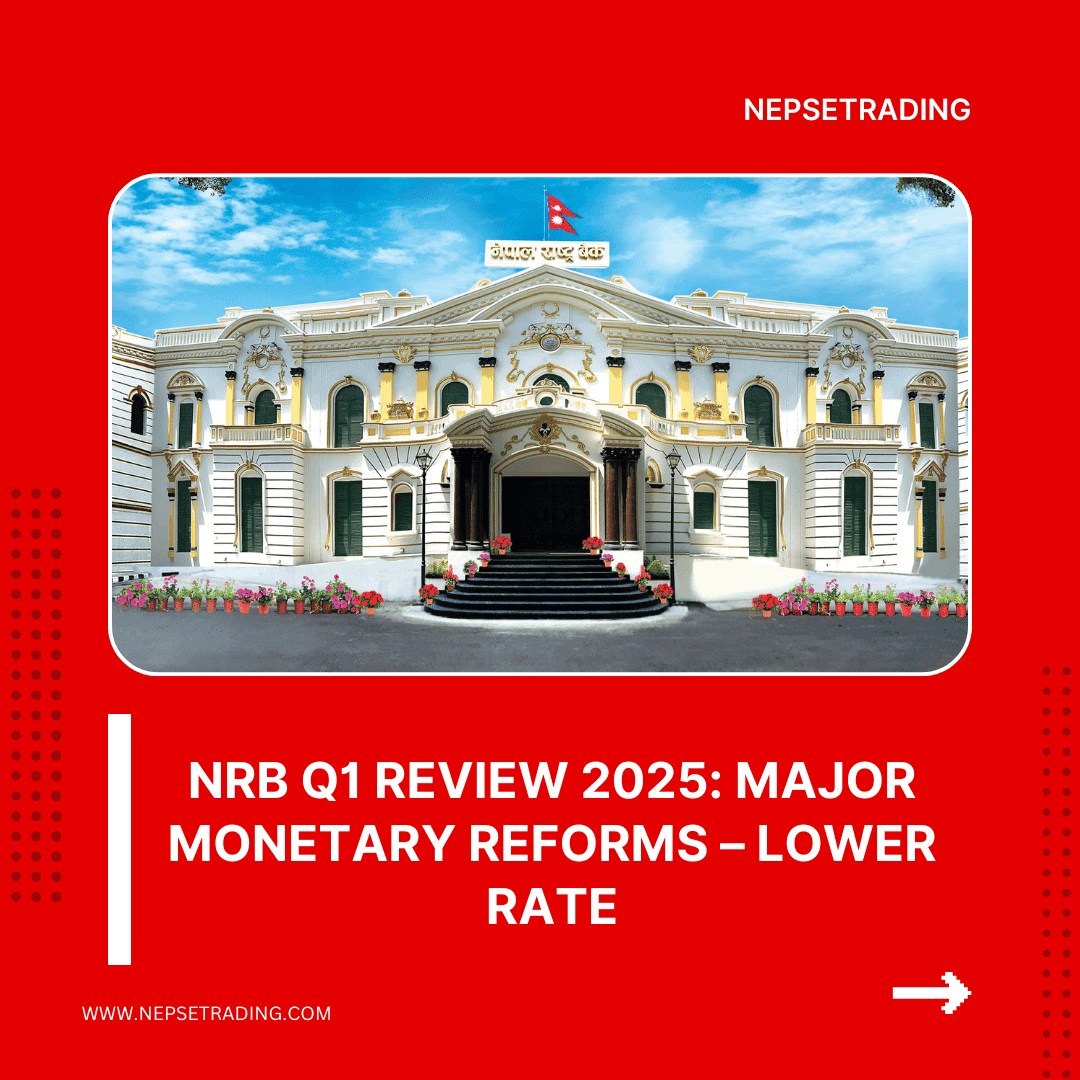By Sandeep Chaudhary
How to Identify Market Bubbles and Overvaluation Using Fundamentals

In the Nepal Stock Exchange (NEPSE), recognizing market bubbles and overvaluation through fundamental analysisis a vital skill for every serious investor. A market bubble forms when stock prices rise far beyond their intrinsic value, driven not by genuine profit growth but by excessive speculation, herd behavior, or emotional optimism. In such times, prices become disconnected from fundamentals — creating the illusion of endless growth. However, when reality sets in, bubbles burst, leading to sharp corrections and heavy losses for uninformed investors.
To detect an overvalued market, investors must closely examine valuation ratios such as Price-to-Earnings (P/E), Price-to-Book Value (P/BV), and Market Cap-to-GDP ratio. When these ratios are significantly higher than their historical or regional averages, it’s a warning sign that the market or a specific sector is overvalued. For example, if hydropower or insurance companies in NEPSE trade at a P/E ratio above 30 without equivalent earnings growth, it indicates emotional pricing rather than justified value. Similarly, companies with weak profits but extremely high share prices often signal speculative bubbles.
Another red flag is price growth without earnings growth. When a company’s stock keeps rising despite stagnant or declining profits, it means investors are chasing hype rather than value. This behavior is often fueled by herd mentality, where people buy simply because everyone else is buying. Liquidity excess — when banks have too much cash and interest rates are low — can also inflate prices artificially, as seen in multiple bullish phases of NEPSE.
From a fundamental perspective, identifying overvaluation involves analyzing key indicators like Earnings Per Share (EPS), Return on Equity (ROE), Debt-to-Equity (D/E) ratio, and Dividend Yield. When prices move up faster than these indicators improve, it shows a disconnect between value and price. Smart investors remain cautious during such times and rebalance portfolios to protect capital.
According to Sandeep Kumar Chaudhary, Nepal’s most respected Technical and Fundamental Analyst and founder of the NepseTrading Training Institute, “Bubbles are emotional, but fundamentals are factual. If you want to survive in NEPSE long-term, always trust the numbers, not the noise.” With over 15 years of banking and investment experienceand having trained 10,000+ Nepali investors, he emphasizes that disciplined investors who understand overvaluation signals can protect profits and make rational, long-term decisions even in volatile markets.









